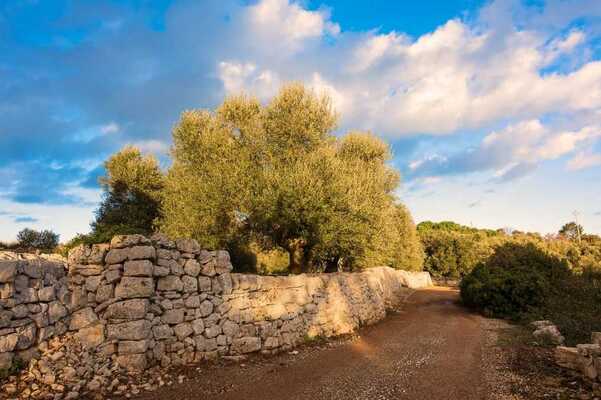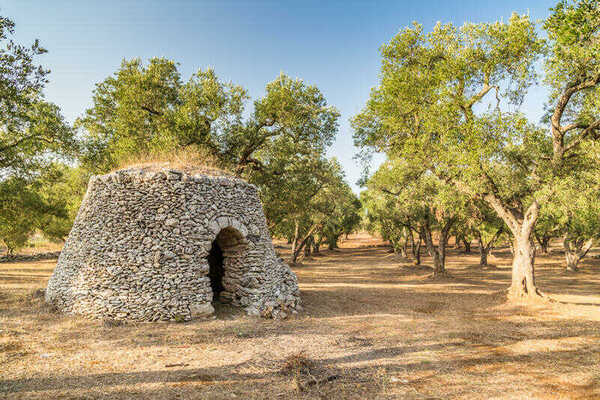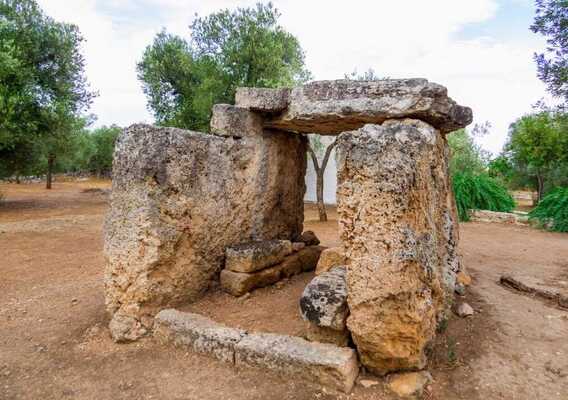The Grelle in Puglia
Many will have noticed, especially in the Apulian countryside or at abandoned airports, perforated metal grills and will have wondered what they are or where they came from. They are nothing more than artefacts dating back to the Second World War period, today reused to create gates and fences on private properties, mostly peasants: their name is Grelle.


History and uses of the Grelle
Even today it is possible to see Grelle used as railings, fences and gates, especially in farms or old homes. Traces of it can also be found at the landing strips of disused military airports (such as in San Pancrazio Salentino, Leverano, Galatina or Manduria).
In fact, this is the reason why they arrived in Puglia during the Second World War. Aviators used them to quickly set up landing or taxiways for aircraft. In just one week, at the time, it was possible to set up a thousand meter runway.
“Marston mats” was the other name by which the Grelle were known in America, in honor of the city in North Carolina, near the Camp Mackall airport. It is precisely here that the grates were produced and tested in 1941. Being made of a very resistant metal and due to the holes, they allowed them to stick perfectly to the ground, even if the track was wet. This also allowed it to be used to cross inaccessible areas where war vehicles would have sunk or to set up small temporary bridges.
Immediately after the war, however, the Americans abandoned this “bulky” material and this represented a real fortune for the Apulian farmers who, having emerged from the world conflict, had to somehow start again. Many of these Grelle were sold to foundries while others, worked by blacksmiths, were transformed into railings, fences and gates. From that moment on they still resist in many Apulian countryside.
When you happen to see these curious perforated metal grids from now on, you will know that they are none other than the Grelle, the “Pierced Steel Planking” (PSP), developed by American ingenuity and from the United States which reached Puglia.

Dry stone walls in Puglia
Among the many peculiarities that characterize the Salento landscape and Puglia in general, there are undoubtedly the dry stone walls. These walls give all visitors one of the most authentic faces of Salento such that they immediately understand where they are. The creators of the "dry stone walls", who handed down this art form through the centuries, were certainly the descendants of the Messapians and the Neoliths.

The “Pajare” in Salento
The Pajare also called "caseddhi", but also "pagghiari" or "furni" are particular typical buildings present in Salento and are considered typically rural homes and built with the dry wall technique. Furthermore, they respect the standards of green building because the use of natural materials such as stone does not affect the environment, becoming a true engineering marvel.

The Dolmens in Salento
It is difficult to explain the overwhelming love for this extraordinary place, a land made of landscapes, colors and mysteries: Salento which has very ancient, even prehistoric, roots. We start precisely from the 4th millennium BC. with the birth of the Dolmen in the Salento area.
